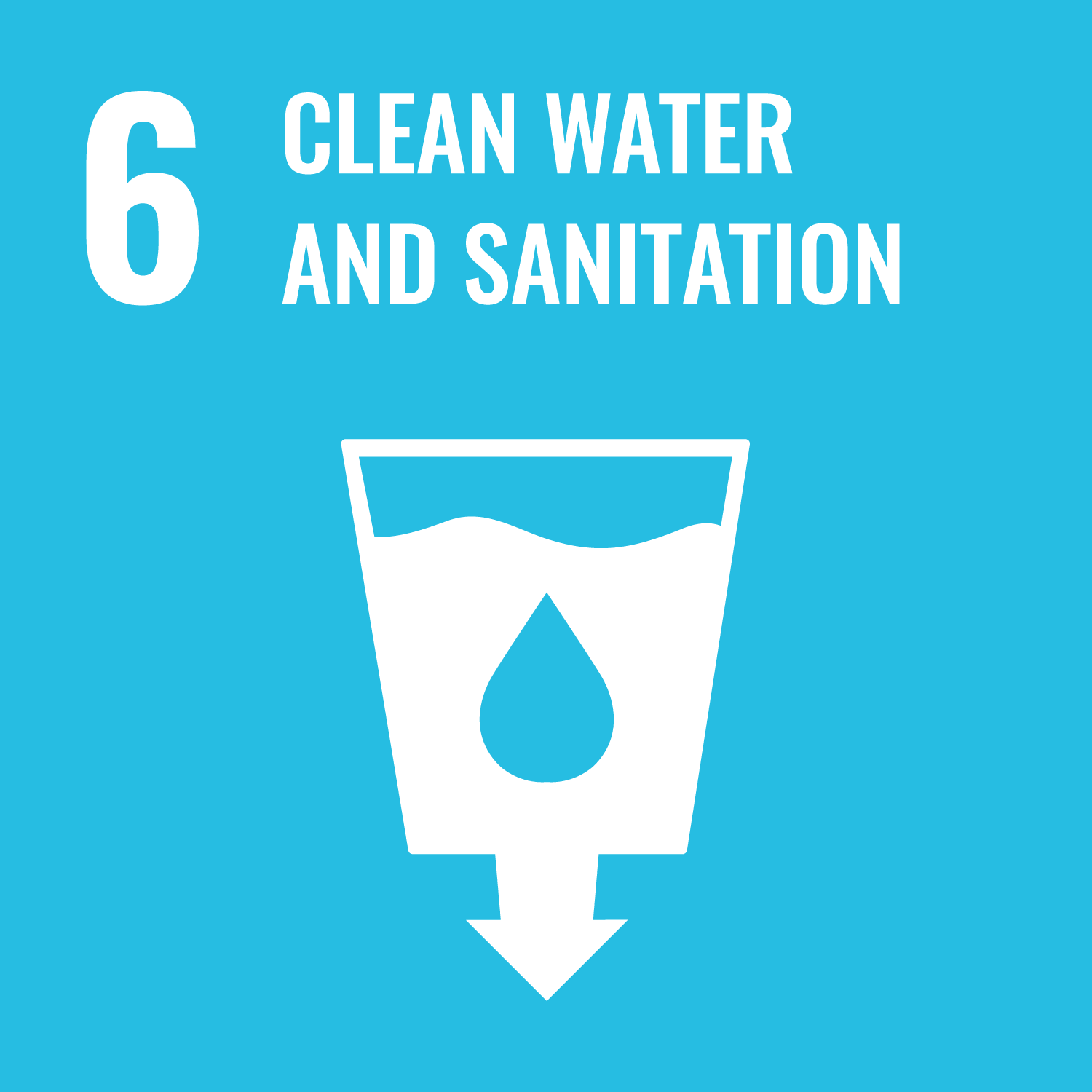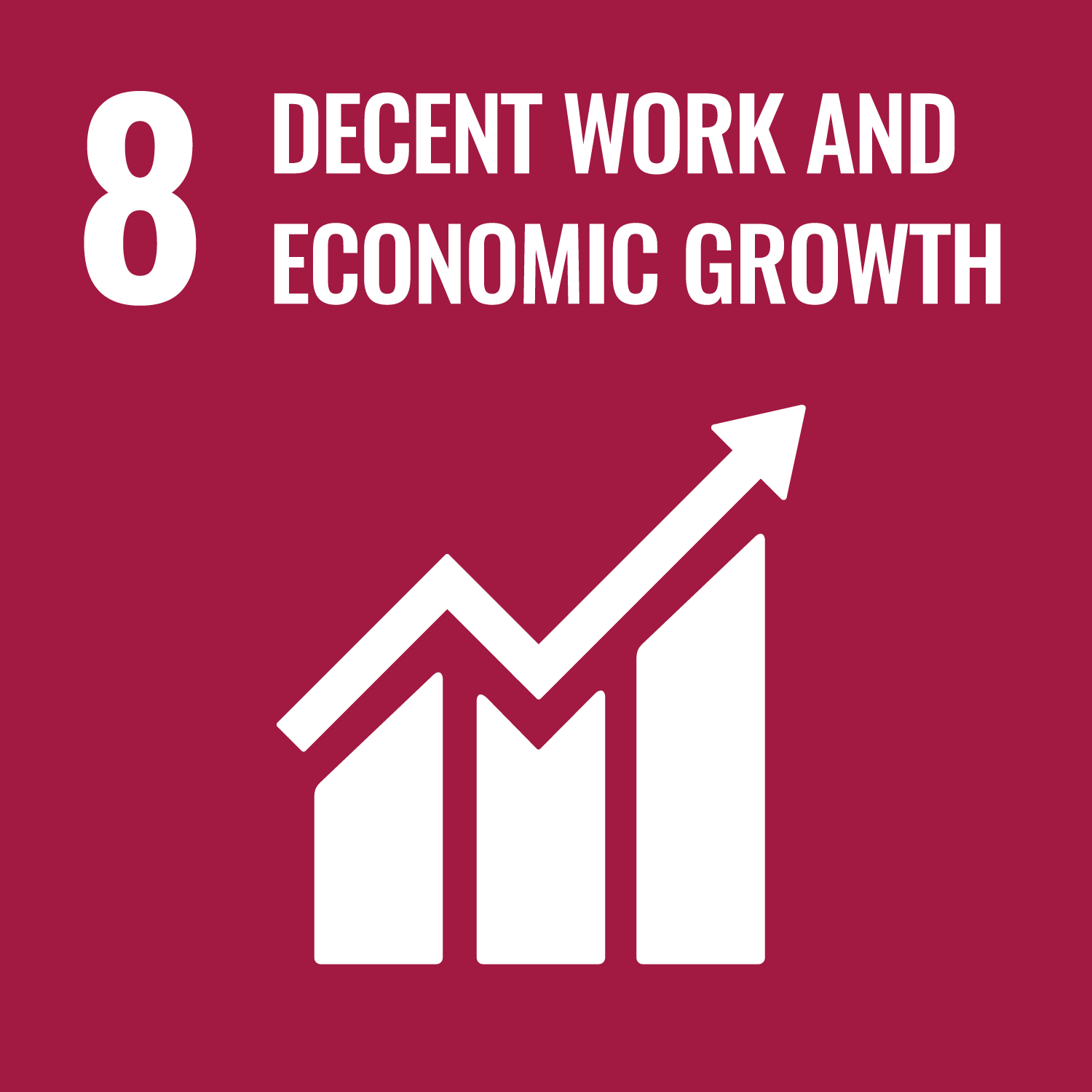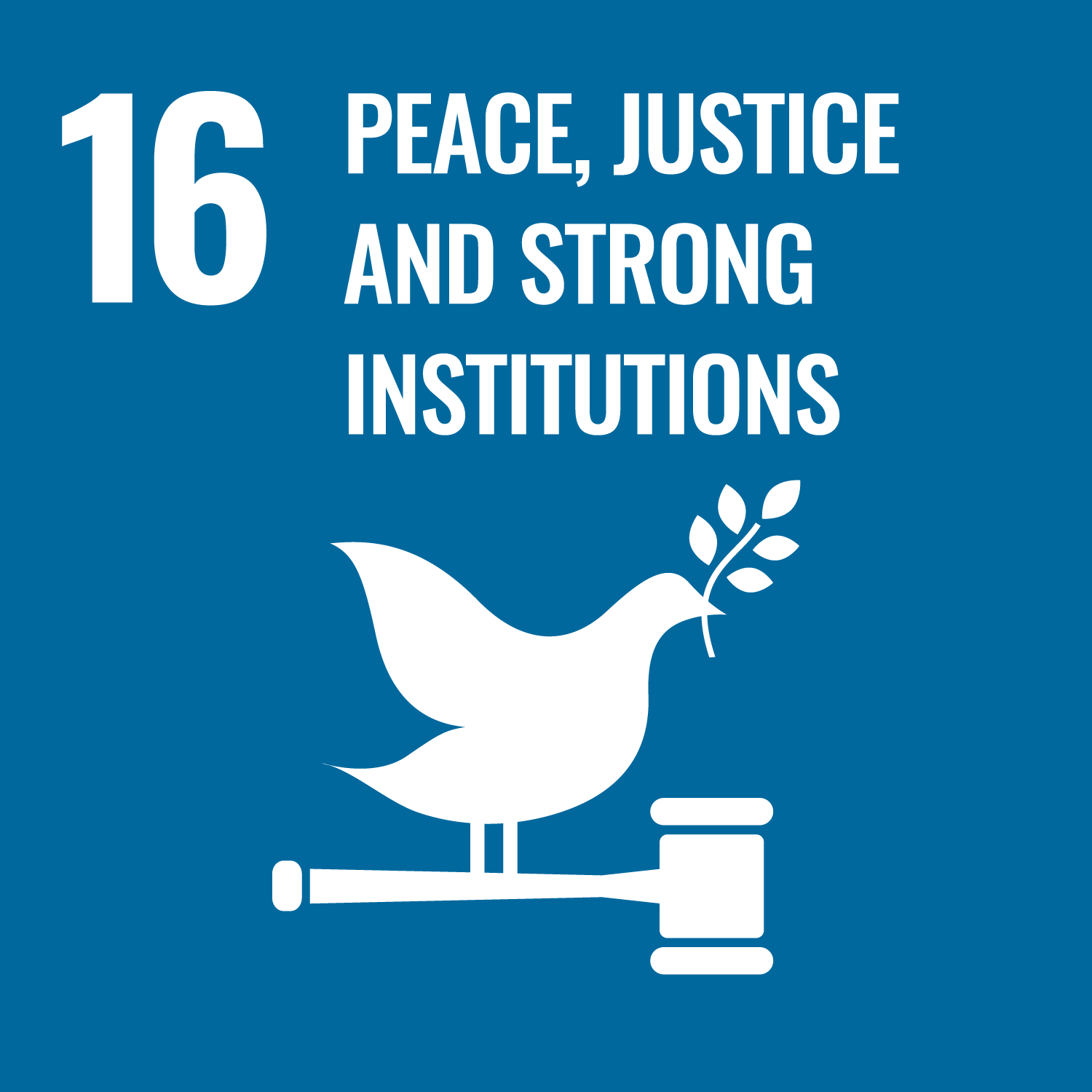Nazi Demons and Sicilian Monsters. The “Monsters of Villarbasse”, Piedmontese anxieties, and the wounds of World War II
My paper, based on research at the interface between Italian Cultural Studies, Oral History, and Material Culture, examines the story of the “monsters of Villarbasse” whose crime took place in late 1945 and resulted in the last execution by capital punishment in Italian history (1947).
The story is simple: a group of brigands went to a farm in the middle of the night to commit a robbery. The farmers and their family woke up and the brigands knocked them unconscious with large wooden bars. The victims, including children and old people, were then thrown down a well where they died a slow death by drowning and freezing. The brigands were Sicilian and the evidence they left on the crime scene was a coppola, a stereotypical Sicilian hat.
Newspapers, as well as sensationalist novels following and contributing to the public outcry over the crime, presented the killers as monsters and the crime as the most horrid crime in Italian history. It is true that the age, large number of victims, and manner of death, were quite dramatic; yet there seem to have been other reasons for declaring this crime particularly “monstrous”. The Sicilian (and thus foreign) origins of the killers were an enormous factor.
The region where the crime took place, Piedmont, suffered heavily from Nazi occupation during WWII. The people of entire villages were executed in manners sometimes much crueler than the murders of Villarbasse. The public reaction to the Villarbasse crime, so soon after the war, raises questions about how the spotting and public execution of “monsters” serves the need for restoring a community in crisis. Killing monsters supposedly returns a “community” to an earlier unthreatened imagined coherence, usually just as new and threatening changes loom upon it.
It resulted in the article ‘From Villarbasse to Abu Graib: War, brutality and the making of monsters’, for the volume Monsters and the Monstrous Myths and Metaphors of Enduring Evil, Paul Yoder and Mario Kreuter (eds.) in press with Rodopi publishers.
| Item Type | Conference or Workshop Item (Other) |
|---|---|
| Subjects | Culture, Language & Literature |
| Divisions | Institute of Modern Languages Research |
| Date Deposited | 08 Oct 2010 10:47 |
| Last Modified | 04 Aug 2024 15:37 |


